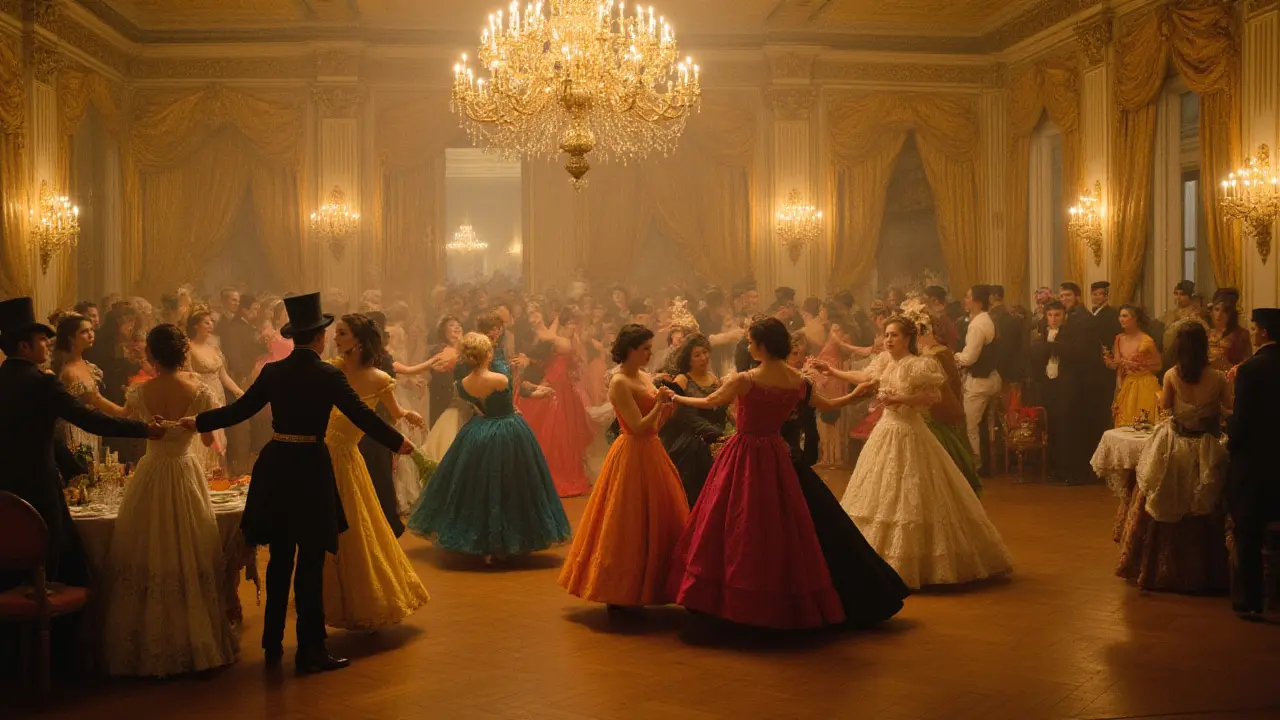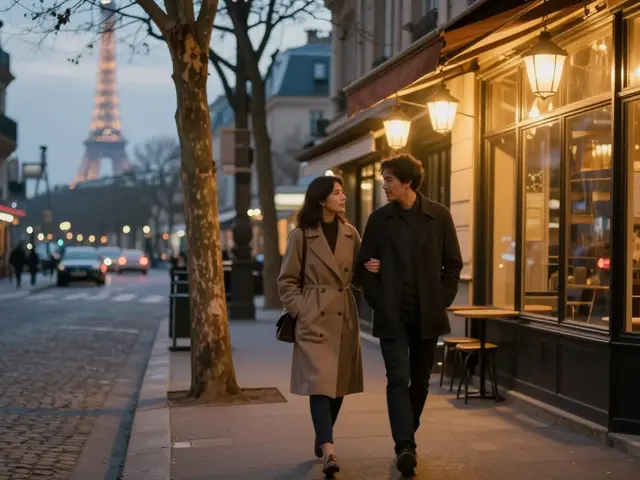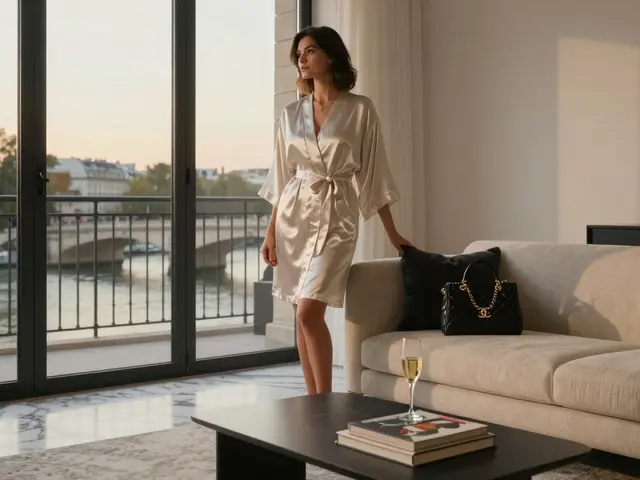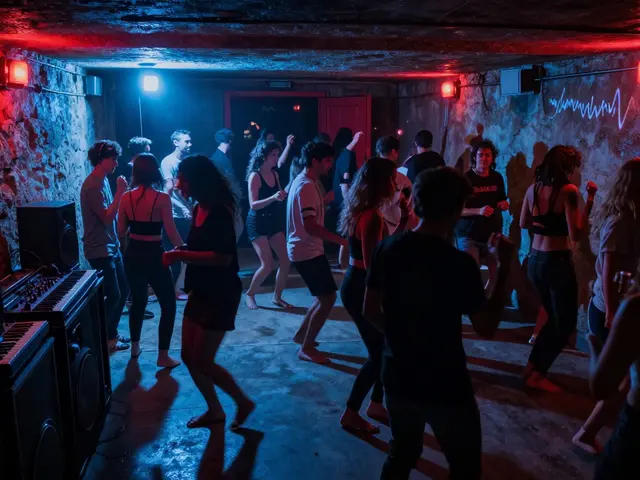Paris Nightclub History: How the City of Lights Became a Nighttime Playground
Ever wondered how Paris turned into one of the world's nightlife capitals? The story starts way back with dance halls and cabarets, where locals and visitors mixed music, dance, and a glimpse of Parisian culture. These spots laid the foundation for what we call nightlife today.
One of the earliest icons was the Moulin Rouge, opened in 1889. It wasn’t just a nightclub; it was a cultural show featuring cancan dancers and lively music. It set a trend for combining entertainment with a stylish party atmosphere that drew crowds from all walks of life.
From Classic Clubs to Modern Nightlife Trends
As decades rolled on, the Paris nightlife scene transformed with the times. Jazz clubs popped up in the 1920s during the roaring twenties, bringing a new sound and vibe to the night. By the late 20th century, electronic music and sleek, modern venues took over, blending tradition with today's trends. Clubs like Raspoutine and Matignon now mix elegance with nonstop dancing, showing how Paris balances old and new.
Don’t forget the riverside clubs like Petit Bain and Wanderlust, where partying meets the scenic Seine river. They're perfect examples of how Paris nightlife keeps evolving while still embracing its unique character and history.
What Makes Paris Nightclubs Unique?
Paris clubs stand out because they combine history, music, and a social scene that’s hard to match anywhere else. Whether it’s the glamorous legacy of places like Bagatelle or the underground charm of hidden spots, the city offers something for everyone. And with expert tips on booking, dress codes, and local vibes, you can dive into an authentic Parisian night without missing a beat.
So, the next time you hit a club in Paris, you’re not just partying—you’re stepping into a rich history of music, dance, and pure Parisian flair. That’s what keeps the city’s nightlife fresh and exciting every single night.






